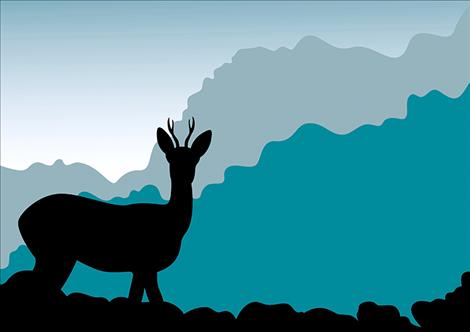Chronic wasting disease sampling results continue to come i
Hey savvy news reader! Thanks for choosing local.
You are now reading
1 of 3 free articles.
News from FWP
MONTANA – Samples from 25 deer harvested around the state tested positive for chronic wasting disease in November. The majority of the new positive samples were from animals harvested within CWD Management Zones, where the disease is known to exist.
Two of the positive samples were from areas where the disease had not been previously detected. These include a mule deer doe harvested in hunting district 650 south of the Fort Peck Reservation, and a white-tailed buck harvested in HD 702 in Rosebud County. These two areas are adjacent to CWD Management Zones.
This brings the number of positive samples collected this year to 91, including one elk and one moose.
This year Montana Fish, Wildlife and Parks is conducting CWD surveillance in high-priority areas in parts of northern, western and southern Montana, primarily from hunter-harvested animals. In addition, hunters in all parts of the state were able to submit their own samples for testing. Samples were sent for testing to Colorado State University and those results are reported on a weekly basis to FWP. Another round of results is expected soon. Hunters who submitted animals for testing, can check online for their results at fwp.mt.gov/CWD.
With the general hunting season now closed, FWP will review management strategies, testing results and other collected information to make plans for the next necessary steps in managing the disease.
CWD is a fatal disease that can affect the nervous system of deer, elk and moose. Transmission can most commonly occur through direct contact between animals, including urine, feces, saliva, blood and antler velvet. Carcasses of infected animals may serve as a source of environmental contamination as well and can infect other animals that come into contact with that carcass.
The disease was first discovered in the wild in Montana south of Billings in 2017.There is no known transmission of CWD to humans; however, the Centers for Disease Control and Prevention recommends that hunters harvesting an animal in an area where CWD is known to be present have their animal tested. If the animal tests positive, CDC advises against eating the meat.
















